Geoarchaeology
In order to understand how and when artefacts and fossils were deposited at a site, and under which environmental conditions, the first step is to reconstruct the processes that led to the formation of the site and its transformation over time. In other words, it is necessary to provide context to all the components embedded in sediments: stone tools, bones, phytoliths, pollen, plant biomarkers, sediments, and teeth used for dating.
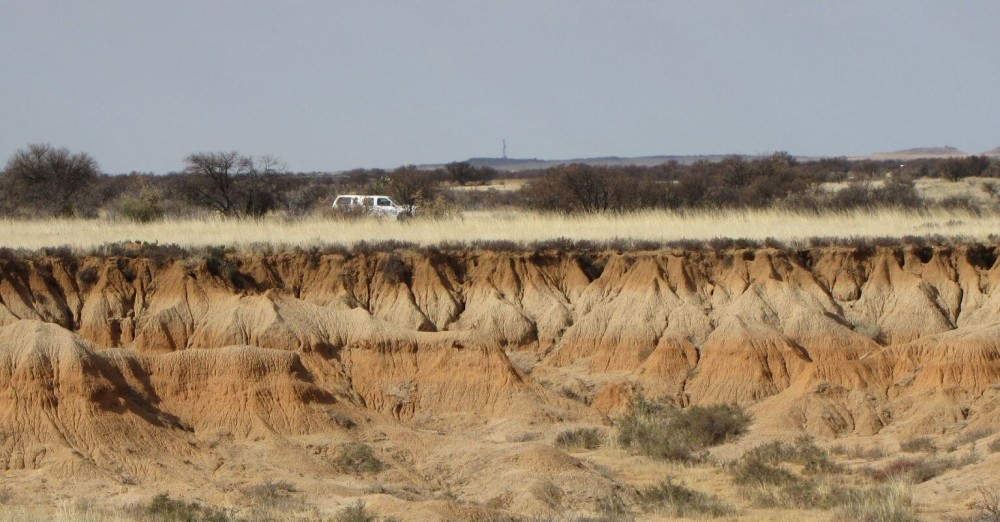
Allostratigraphy
One of the most apparent features in dongas is the succession of sedimentary layers of different colour and composition that make up the exposed stratigraphic sequence. These successions are studied according to the principles of allostratigraphy, which defines sedimentary units based on their bounding discontinuities. Allostratigraphic sequences comprising different alluvial terraces will be correlated in each river basin studied during the PEOPLE project, according to their age and composition, to understand landscape evolution during the Pleistocene.
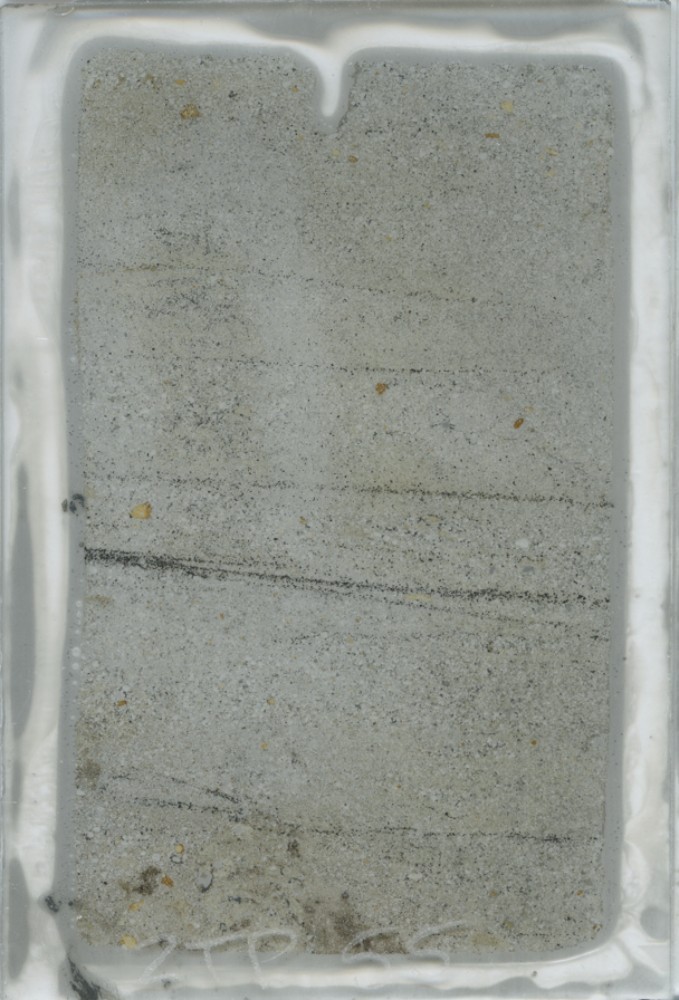
Micromorphology of sediments
The composition of sedimentary layers is determined based on micromorphology, the study of intact sediments in thin section using a polarising microscope. Micromorphology allows identifying low-energy environments, i.e. sedimentary units accumulated by gentle movement of water, which feature characteristic sedimentary structures visible only at the microscopic scale. These are primary depositional environments, in which archaeological material can be regarded as in situ, and therefore suitable for dating and for inferences about human adaptive strategies. Besides mineralogy and sedimentary structures, micromorphology aids the identification of gaps in the sedimentary sequence (e.g., missing soil horizons), which are important in assessing the age of the sequence, and in determining the occurrence of bioturbation. The latter can negatively affect luminescence dating through the displacement of quartz grains by plant roots and microfauna. In addition, micromorphology can be used to identify combustion features, where preserved.
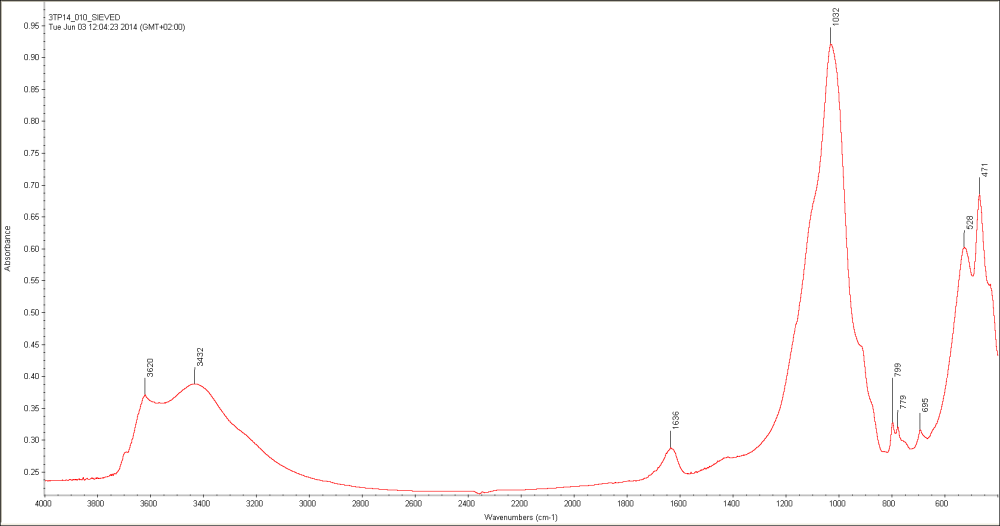
Vibrational spectroscopy
The composition of sediments, rocks, artefacts, and fossils is determined using vibrational spectroscopy, which is the study of the interaction between matter and light. In Fourier transform infrared spectroscopy (FTIR), infrared light impinging on a material excites its molecules, which vibrate in different ways. These vibrations are translated into peaks in the infrared spectrum, which are used to determine the occurrence of specific chemical phases. In the case of archaeological sediments and materials, most of the information is extracted from the mid-infrared range. FTIR allows identifying all kinds of phases, including organics, in a matter of minutes, and can be used on site with a portable spectrometer. Additionally, FTIR can be used to study the degree of post-depositional alteration of bone mineral and tooth enamel, the latter being particularly important in electron spin resonance dating, and the occurrence of heat-altered clay minerals and poorly ordered calcite, typical of combustion features. By using an infrared microscope, automated chemical mapping of all the phases can be performed on polished sections and thin sections. In Raman micro-spectroscopy, the vibrational modes of molecules are probed using a laser in the visible, near-infrared, or near-ultraviolet range. This configuration allows obtaining information that is complementary to FTIR, in particular with regard to organic phases of archaeological relevance, such as humic acids, charcoal and fat char, lignin, cellulose, and collagen.
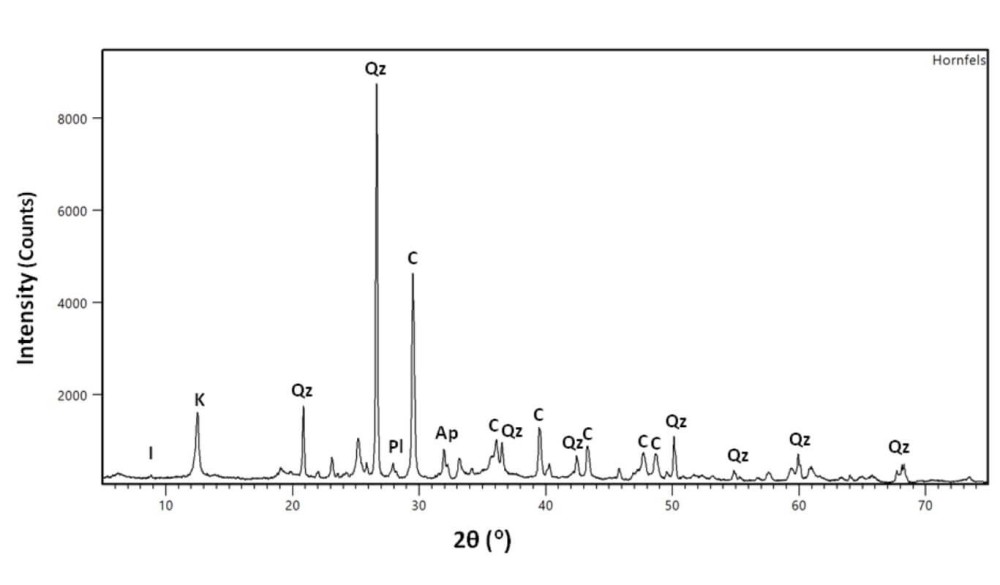
X-ray diffraction and fluorescence
The composition of crystalline phases in sediments, rocks, artefacts, and fossils can be determined also by studying the interaction of matter with X-rays. In X-ray diffraction (XRD), a beam of X-rays impinging on a crystalline material is diffracted into a pattern that is characteristic of the crystal lattice of each phase in the material. This is particularly useful in the analysis of clay minerals, which cannot be accurately distinguished using vibrational spectroscopy when they occur in mixtures, and in the characterisation of raw materials for stone tool production (e.g., different types of hornfels). In X-ray fluorescence (XRF), the material irradiated with X-rays emits secondary photons, which inform on its elemental composition. XRF can be used to monitor the abundance of magnetic minerals in relation to the magnetic susceptibility of sedimentary sequences.
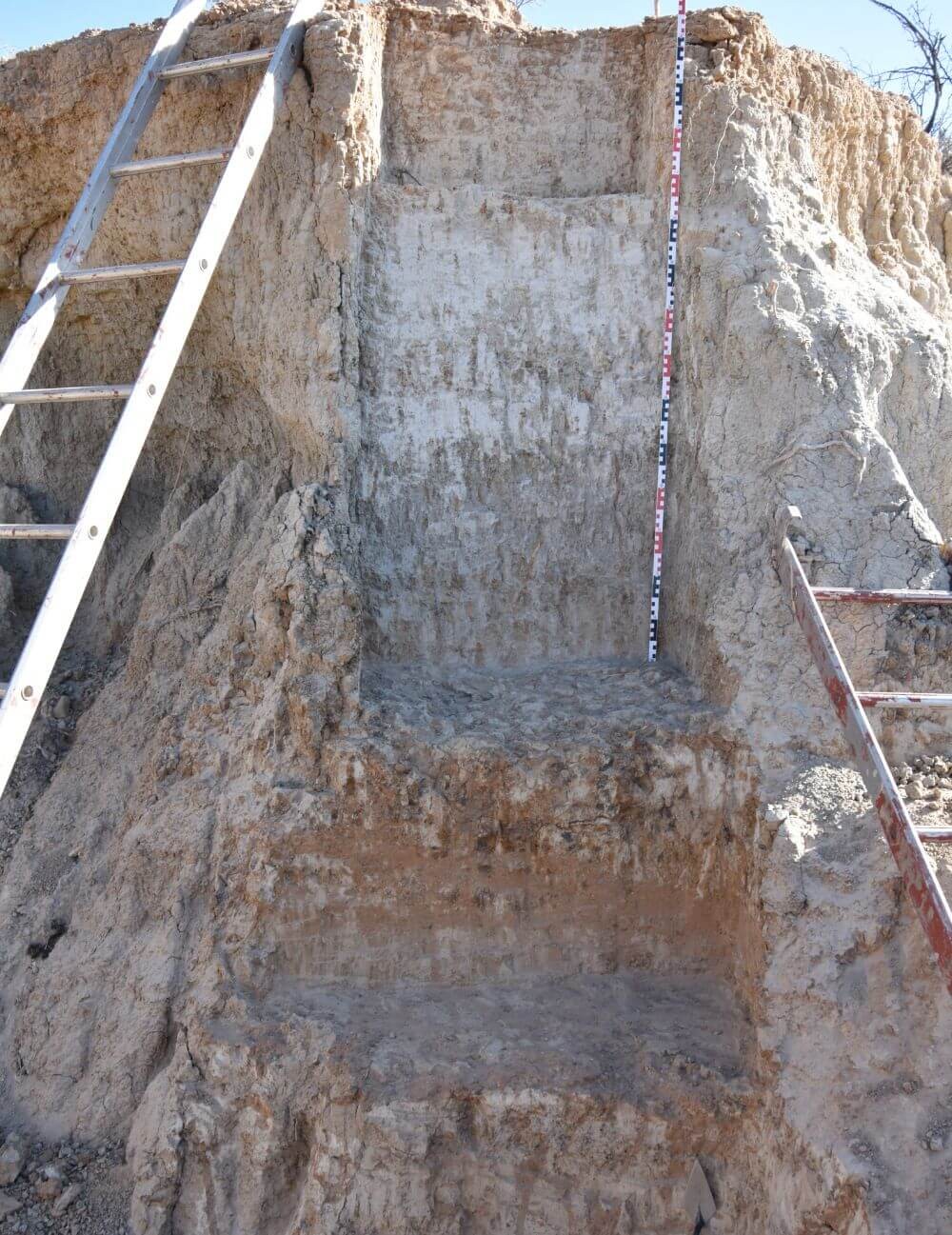
Magnetic susceptibility
Sedimentary sequences often contain minerals that can be attracted into (or repelled from) a magnetic field, and magnetic susceptibility provides a measure of the degree of this attraction (or repulsion). Minerals such as iron oxides can be particularly attracted into a magnetic field and their anisotropy of magnetic susceptibility can be used to determine the maturity of an ancient soil horizon. This value can be traced all along a stratigraphic sequence, where sudden breaks are often interpreted as missing soil horizons removed by past erosion. These gaps are extremely important for the correct assessment of age determinations and post-depositional processes.